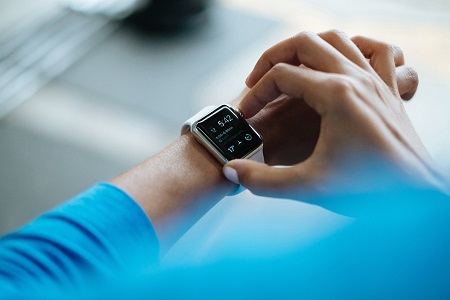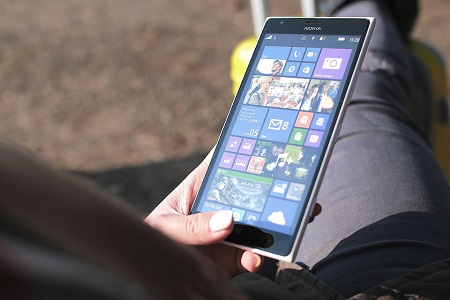There are now tons of options on the market and despite tech company hopes, they’re not taking off.
As the holiday shopping season truly got underway last year, many companies predicted the launch of powerful wearable technology trends. Firms were unveiling devices left, right and center to ensure they had the chance to become the next big thing.
That time brought the entrance of the Apple Watch and Samsung Gear S2, major wearable tech players.
Lenovo, LG and Huawei all stepped in with Google to use Android Wear on their offerings. Each company wanted to add their own device to the wearable technology trends. However, a year later and well into the next holiday shopping season, it’s clear that consumers aren’t impressed. At least, they’re not as impressed as tech firms thought they would be. They’re certainly not ready to pay the hefty price tags for the devices.
Many in the industry feel that wearable technology trends won’t pick up until smartwatches become more convincing.
 According to IDC senior research analyst Jitesh Ubrani, wearable technology companies have yet to give consumers a reason to want to buy. “A lot of what these devices can do, they’re essentially just mimicking the phone.”
According to IDC senior research analyst Jitesh Ubrani, wearable technology companies have yet to give consumers a reason to want to buy. “A lot of what these devices can do, they’re essentially just mimicking the phone.”
As most people already have other mobile devices and certainly have a smartphone, there is little motivation to buy a smartwatch. Currently, people bring their smartphones everywhere they go. As the mobile devices are nearly always in a hand or a pocket, they are not considered inconvenient to use. Therefore, asking people to drop another few hundred dollars after already having spent several hundred on the phone seems too much for many consumers.
These unfortunate wearable technology trends have not been without their casualties. Pebble, for example, announced last week that they were shutting down. That company had been among the first smartwatch companies. It had a loyal following and was able to hold its own against the competition for quite some time. Now, faced with the Apple Watch and offerings from many other giants, even Pebble will be dissolving and selling its software to Fitbit; the leader of the fitness tracker scene.

 Both HMD Global and Foxconn, a Chinese company, acquired Nokia from Microsoft. Foxconn was contracted for the mobile device manufacturing. The next devices released under the brand’s name will run on Android and will be available for purchase before mid-2017.
Both HMD Global and Foxconn, a Chinese company, acquired Nokia from Microsoft. Foxconn was contracted for the mobile device manufacturing. The next devices released under the brand’s name will run on Android and will be available for purchase before mid-2017.